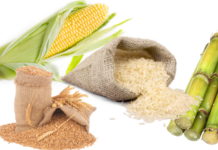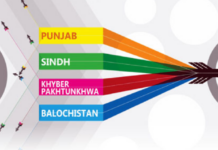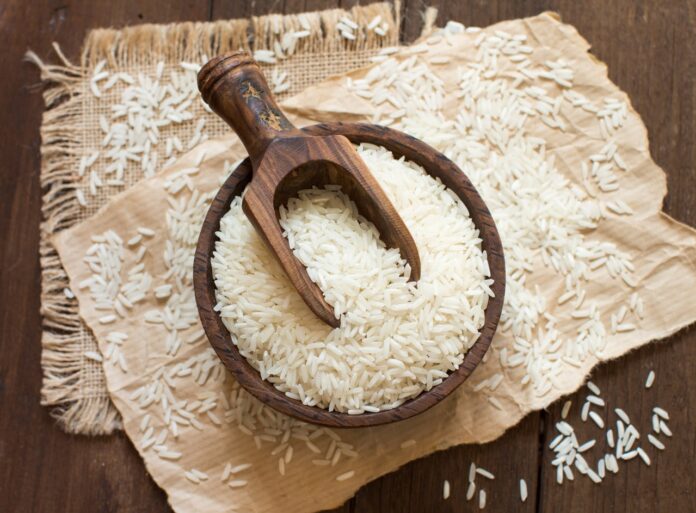Despite India’s re-entry into the global rice market with heavy export subsidies, Pakistan’s rice exports have remained largely unaffected, thanks to a strategy adopted by local exporters emphasizing quality over price competition.
Data from the Pakistan Bureau of Statistics revealed that rice exports in the first 11 months of FY25 were 5.544 million tonnes, compared to 5.593 million tonnes in the same period last year, showing a marginal decline of just 0.87%.
After a two-year hiatus, India lifted its export ban and re-entered the international rice market, triggering concerns among trade experts that Pakistan’s rice exports would be impacted. However, Pakistani exporters responded with agility, focusing on premium rice varieties rather than engaging in a price war.
Pakistan maintained its presence in premium markets like the United Kingdom and European Union while also catering to price-sensitive African markets through a targeted quality strategy.
India, meanwhile, continues to offer subsidized rice at competitive prices. Non-Basmati rice from India is priced at $349 per tonne, making it the cheapest option in the market, undercutting competitors such as Thailand, Vietnam, and Pakistan.
This aggressive pricing strategy has raised concerns, as it suggests potential violations of World Trade Organization (WTO) rules. Countries like the United States, Canada, Australia, and New Zealand have raised objections to India’s pricing, alleging that it exceeds the allowed subsidy threshold set by the Doha Agreement.
Despite the subsidized pricing, India’s rice exports fell sharply in April and May 2025, with a year-on-year decline of 50%. This has drawn criticism from within India, with experts questioning the government’s policy, particularly given the inefficiencies in its Public Distribution System and the removal of the Minimum Export Price (MEP).
As global scrutiny of India’s export strategy intensifies, Pakistani exporters are monitoring developments closely, continuing to focus on quality and adaptability to maintain their market share.
Meanwhile, a new challenge looms as Pakistan’s rice production for Kharif 2024 fell by 3.7%, leading to a decrease in stocks since April 2025. This has resulted in projections that rice exports for the final quarter of FY25 (April–June 2025) will decline by approximately 15% due to tight inventory.























